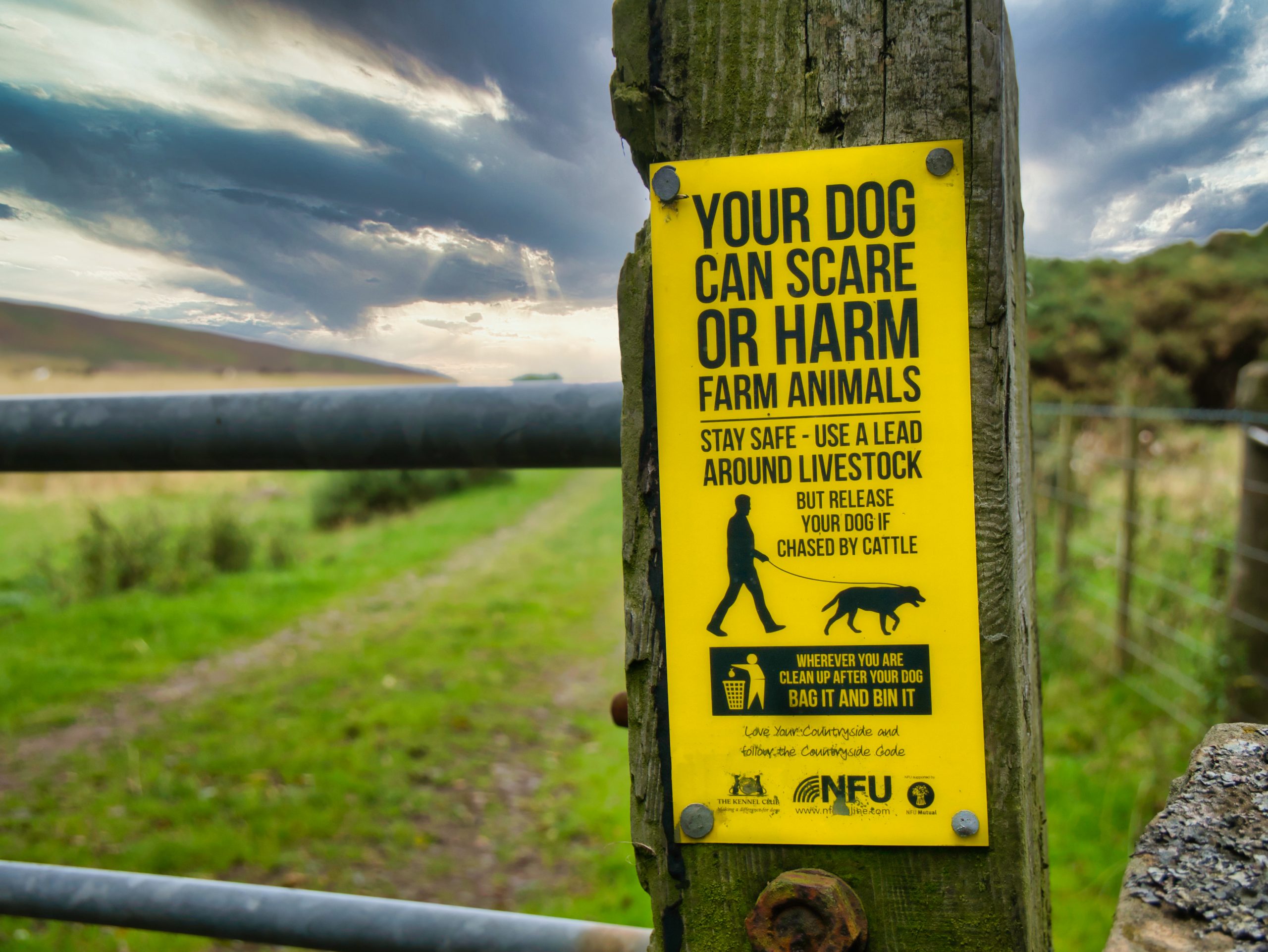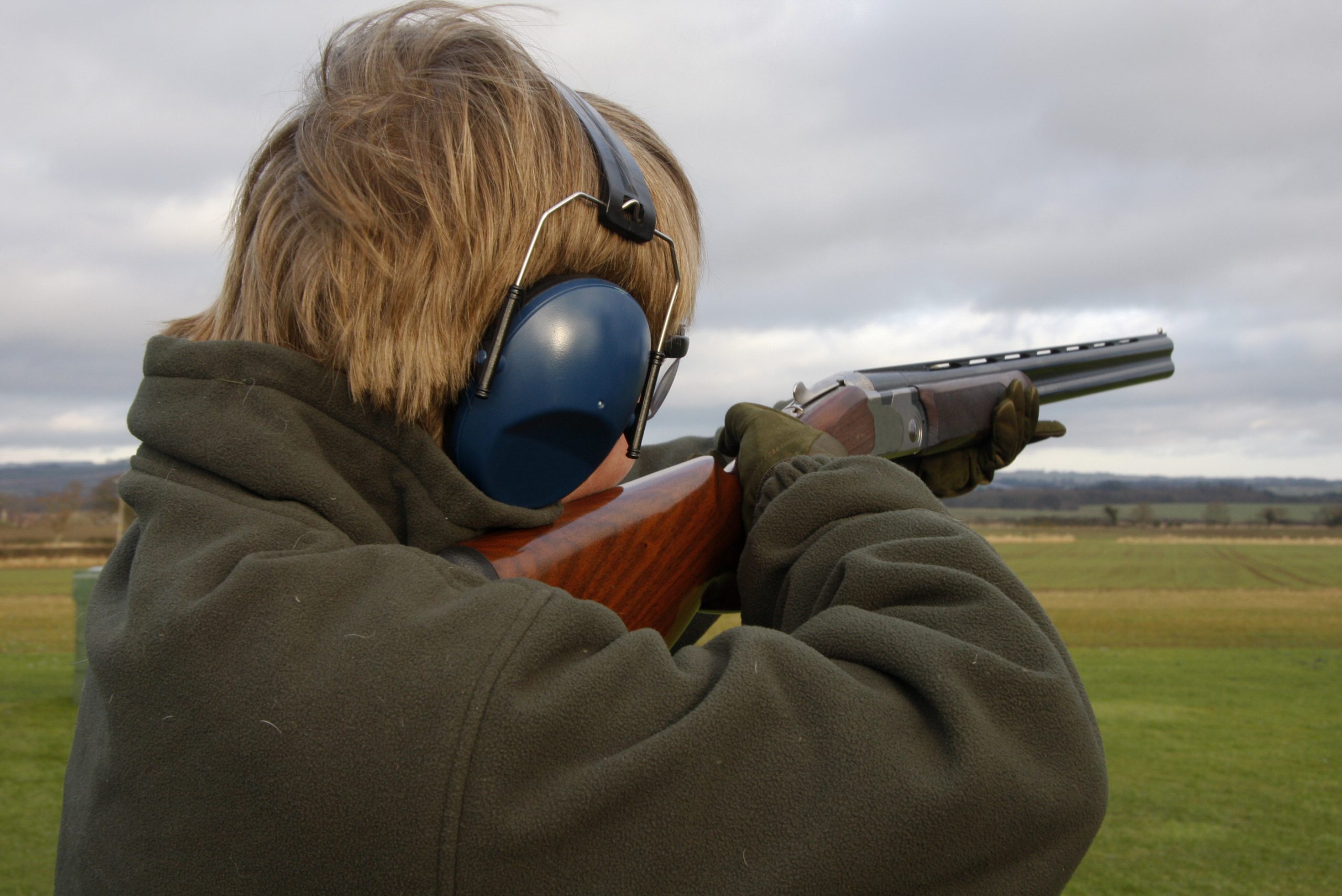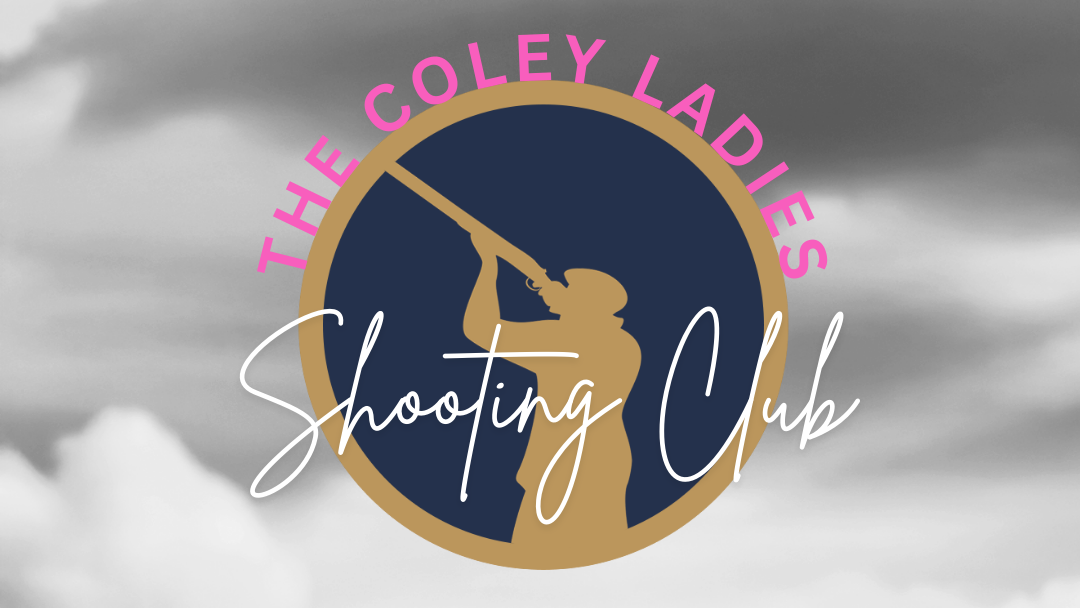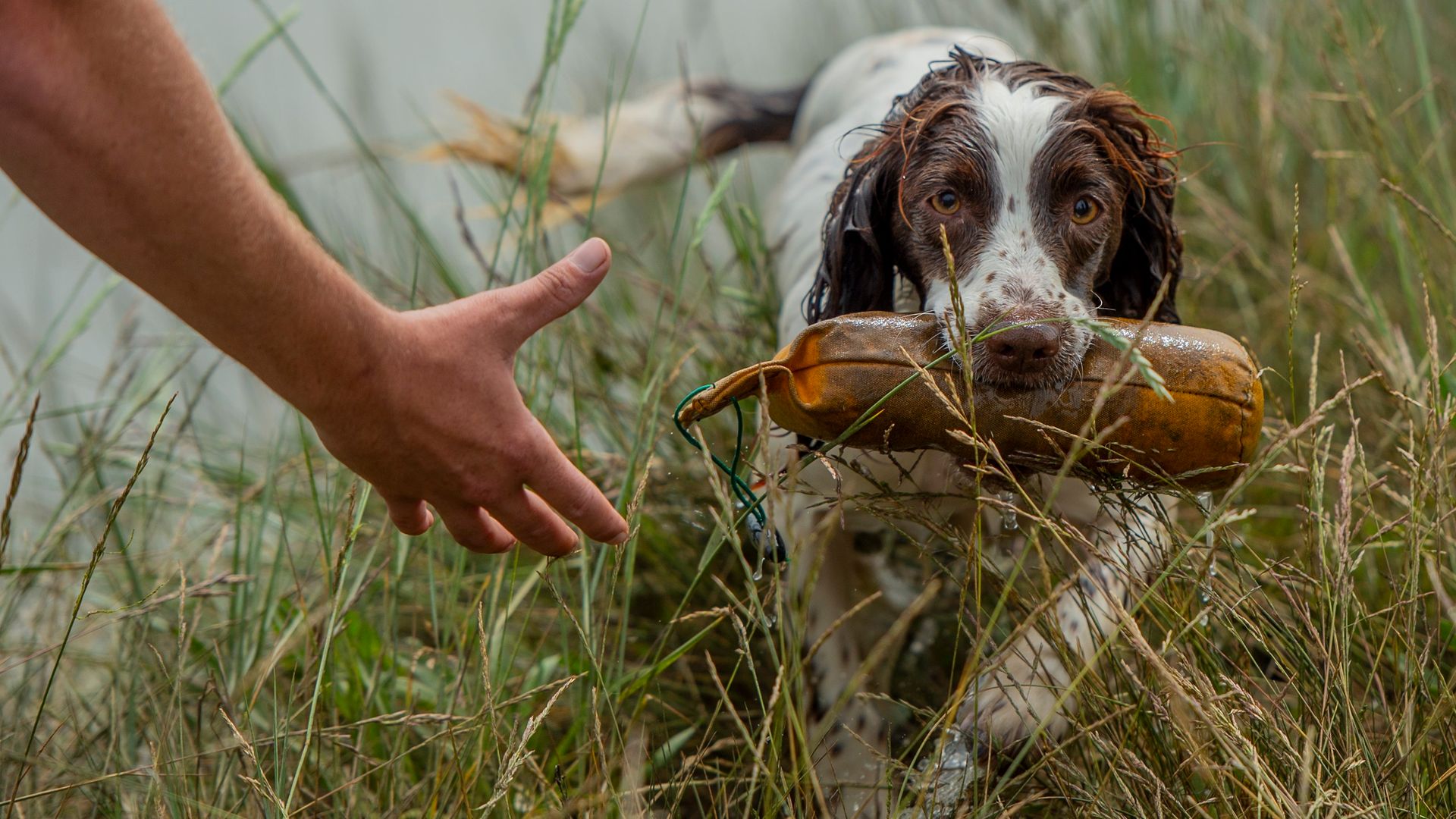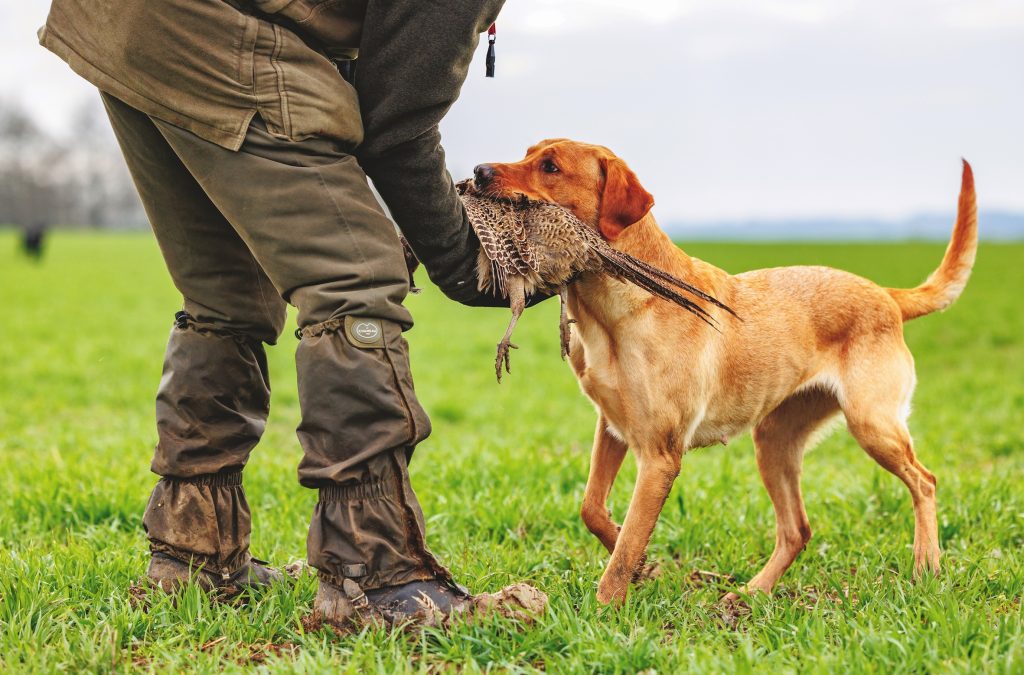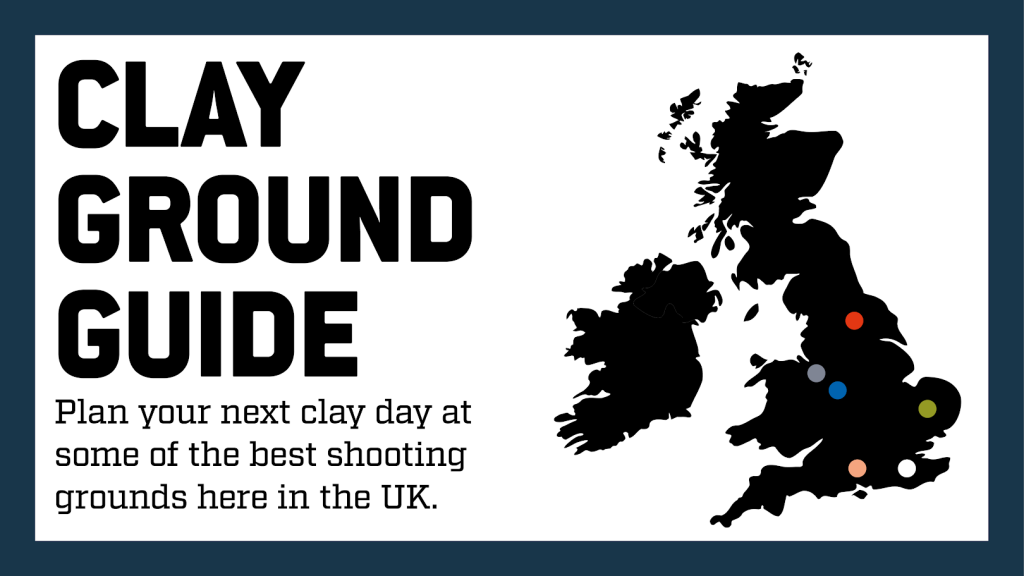Training ‘gun sense’ into your gundog
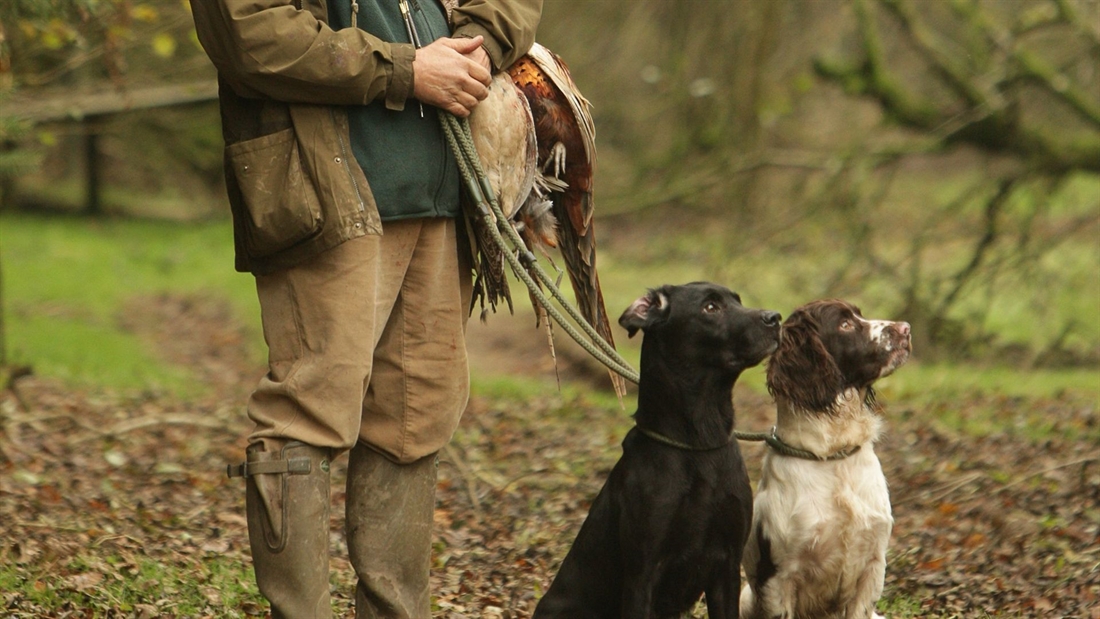
Knowing how to behave around guns and gunshot is an essential part of your gundog’s skill set. Use Howard Kirby’s top tips to train a dog that is both hard hunting and steady in the field
If you take the time to watch experienced dogs at work in the shooting field, you will immediately see just how aware they are of the Guns. You’ll notice dogs sitting in wait on the foreshore, around a teal pond, in a pigeon hide, on a peg, in the beating line, sat on peg or stalking deer (my goodness, that’s some list) each individual dog acutely aware of any movement from the shooter. The click of a safety catch or the shouldering and swing of the gun will see an instant response. I have a wonderful piece of video in which one of my early Labradors, Apollo, starts to frantically wag his tail every time I push the safety catch forward.
This awareness, or ‘gun sense’, comes with experience, so my intention is to use this month’s article to explore some of the techniques we use to build this essential skill. Dogs that have been properly trained to understand the function of the gun and the benefits it will bring them will make it their business to ‘mark’ the fall of game.
From the beginning
Almost as soon as a puppy has a drive to race after a thrown retrieve, we can start to throw the dummy and immediately clap our hands. This ‘clap’ is done to initiate a positive connection to a noise. Clearly, the clap of your hands carries nothing like the volume that a gunshot will produce, but after just a few short sessions you’ll see the youngster look expectantly for a thrown dummy when you clap your hands. This relatively insignificant behaviour development is actually really quite important; we have a positive association with a sharp noise, and the pup is already learning to expect and use his eyes to locate the ‘shot’ dummy. We are teaching the puppy to use two of his senses to catch the prey: ears, then eyes, and then ears again. Have you figured out where the secondary use of his hearing fits into a retrieve?
Early retrieving generally relies on the pups eyes to mark the fall of the dummy. For the rough, tough, mud-plugging wildfowlers among us, your dog will often be working inside a hide or behind a screen during the hours of darkness. That’s a pretty tall order! Therefore, teaching the dog to listen out for the thud of the dummy or splash
of a bird in water is going to be essential.
Although I’ve related the need for this to wildfowling, this knowledge and use of their senses will, of course, assist any retrieving dog. Often, as birds expire after being shot, their nervous system triggers a rapid beating of their wings. This can really help a dog out on a tricky retrieve.
Armed with all these objectives, let’s think about some of the exercises and techniques you might use during your training sessions to develop this knowledge in your gundog.
Carrying a gun
As most of you will be well aware, it is much easier to make a dog gun shy than it is to fix it. In spite of all the readily available information, people still manage to terrify their dogs with gunshot. We all make mistakes and need to learn, but making a dog frightened of a gun can make life really difficult for them. Some dogs are absolutely terrified by gunshot, and this can lead to them becoming frightened by any loud noise. So be careful to ensure that you do everything possible to build a positive understanding between the dog and guns.
As I mentioned earlier, we like to introduce a hand clap each time we throw a dummy. If it’s possible for you to carry an ‘empty’ gun, then we can start to mount the gun and point it at dummies as they’re thrown. I know of several people that achieve this part of the process using a toy gun; the husband of one of my clients made the most fantastic imitation shot gun!
In due course, we can introduce a shot. It’s essential that early shots are fired at a distance of 100m, ideally using a blank cartridge to reduce the noise. Taking the time to introduce a gun and gunshot might be seen by some as being overly cautious. Most dogs are fairly robust when it comes to noise – but for some, while they will show no signs of fear, it only takes one thoughtless or unexpected shock from gunfire to make them incredibly nervous.
Careful introduction to gunshot is a necessary aspect of these techniques, but we are actually here to discuss how we can give a youngster a headstart with its gun sense. Subconsciously, the dog will be seeing and absorbing everything a ‘gun’ does before, during and after taking a shot.
Once you get as far as being able to use a real shot, we can fire at the ground and throw the dummy into the area where the shot has struck. This will help a youngster to make an association with the shot scent. This quite unique scent will be on shot quarry once we move onto the real thing. Clearly this is evoking what we best know our dogs for – their incredible nose and ability to ‘take scent’. Because we will be firing the shot at a low angle, it is also likely to leave a stronger shot trail in the air.
Absolute reality
There is no substitute for the real thing. Dogs that get ‘shot over’ regularly will obviously have an advantage over those that aren’t. For many gundog owners, this is one of the most difficult aspects of training to create. I hope this article will give you just a few ideas as to some of the many things you can do at home and in your training fields to enhance both your dogs and your own enjoyment.
Concluding an article on a negative is not my thing. However, when a newcomer to dog training announces, “I’m going to get one of those dummy launcher thingys,” alarm bells start to ring in my head. For all of my talk about teaching your dog to celebrate the sound of gunshot, many young dogs are accidentally taught to go ballistic at the sound of a gun. When I say ‘ballistic’, I mean their brain goes into overdrive and they get over-excited. This state of excitement is way too much, and is not what we are trying to achieve.
There’s loads of fun to be had. But don’t frighten your neighbours with the toy gun, remember to enjoy your dogs, and keeeeeep training!
Late night retrieving
Whilst discussing training dogs for wildfowling with a good friend of mine, he was telling me how he’d trained some dogs by doing retrieving sessions in the dark, which really encouraged his young dogs to listen out for the fall of dummies and birds. This is something that can easily be done indoors with a young pup. Do be careful that you don’t frighten a youngster that tears off at the sound of a falling dummy and runs into furniture.
Continuing with the idea of getting the dog to use its ears, you can sit a slightly older youngster up and throw a dummy over a hedge, or leave the dog in a sit/ stay and walk around some trees or bushes that will obscure their vision. Differences in the cover that the dummy falls into will give off a variety of different sounds.

